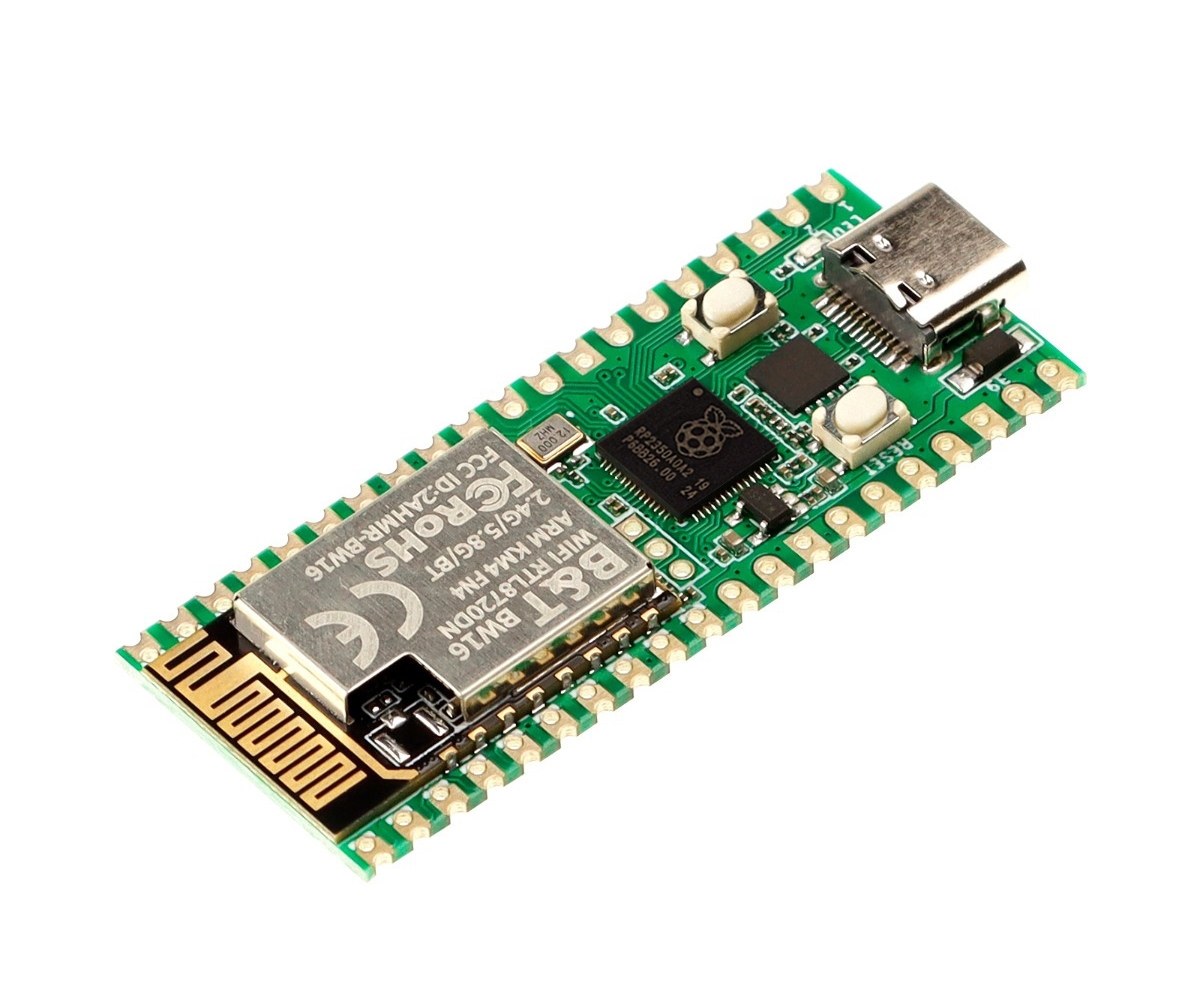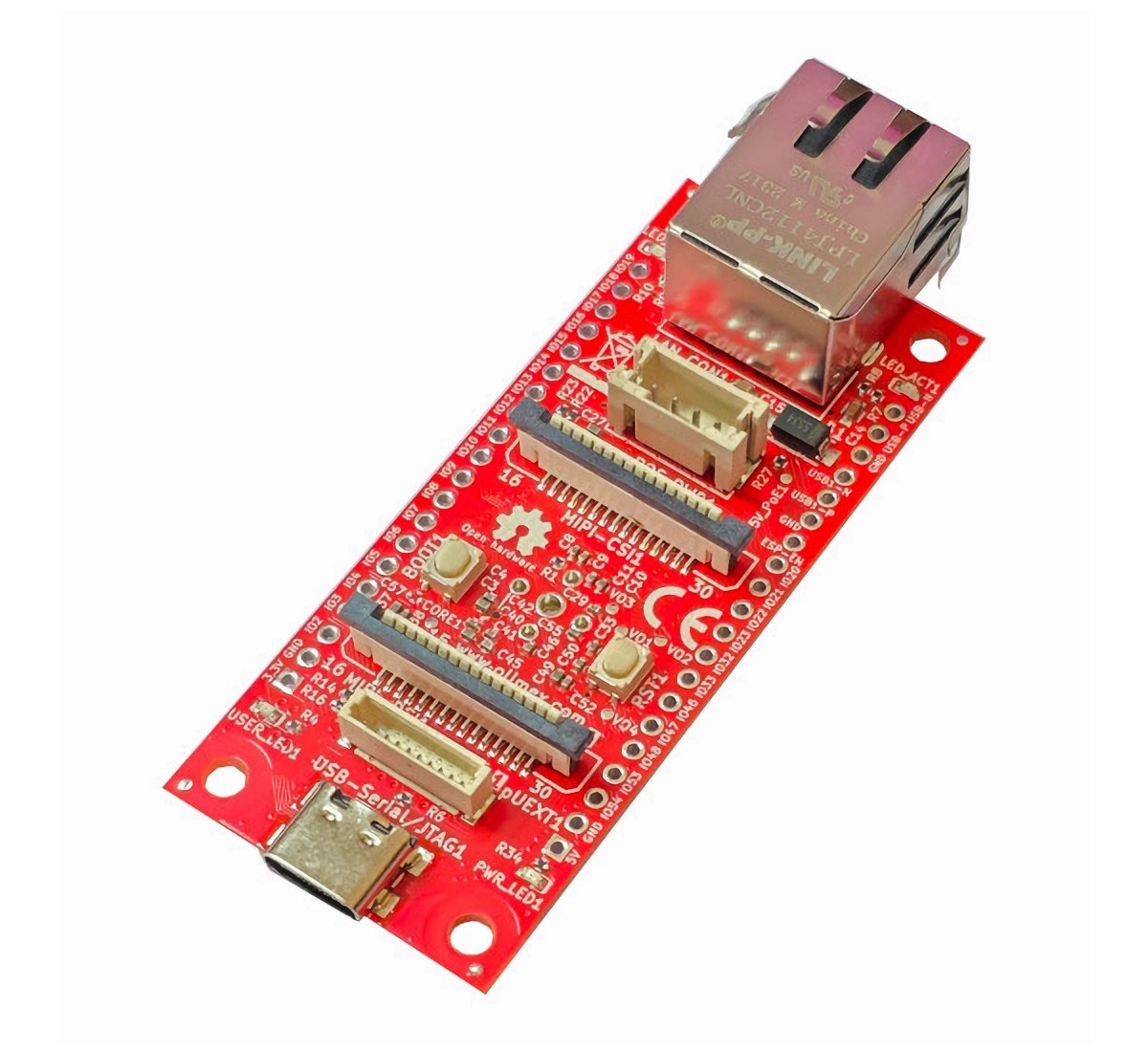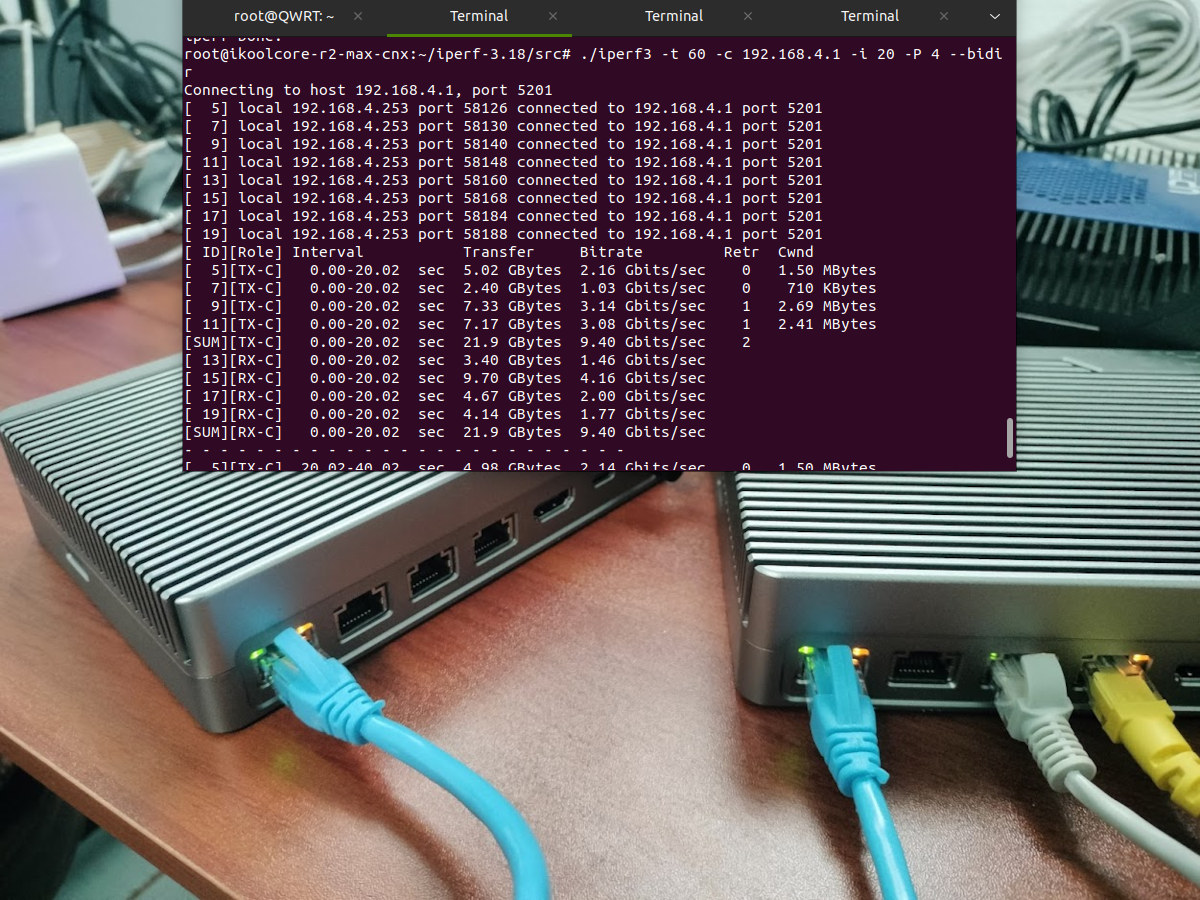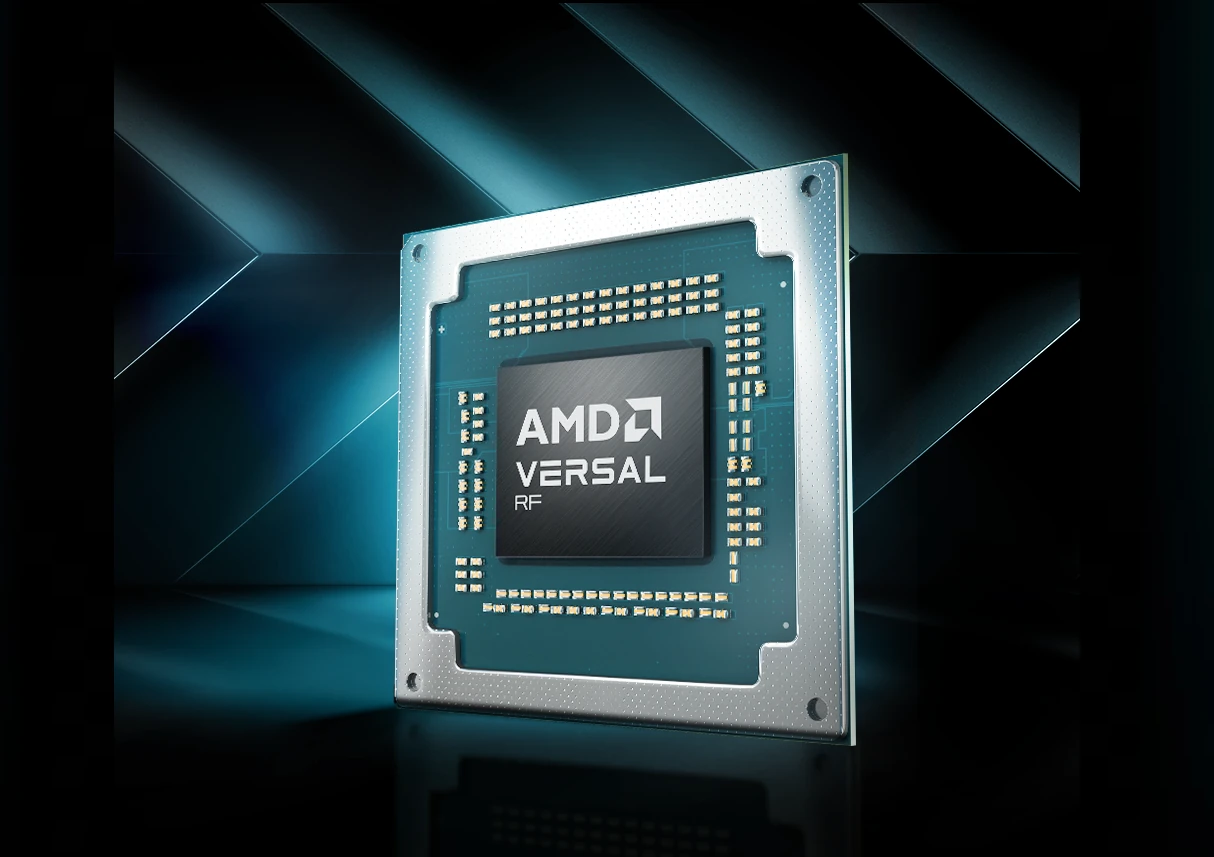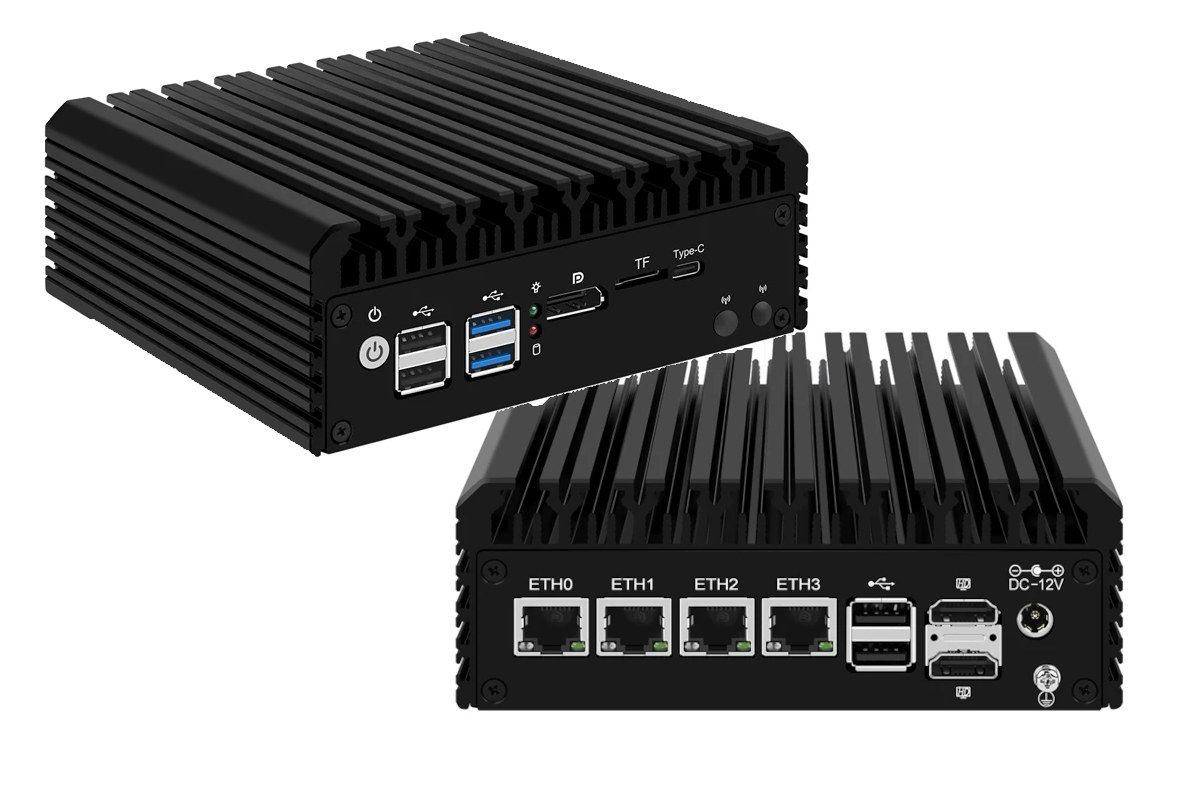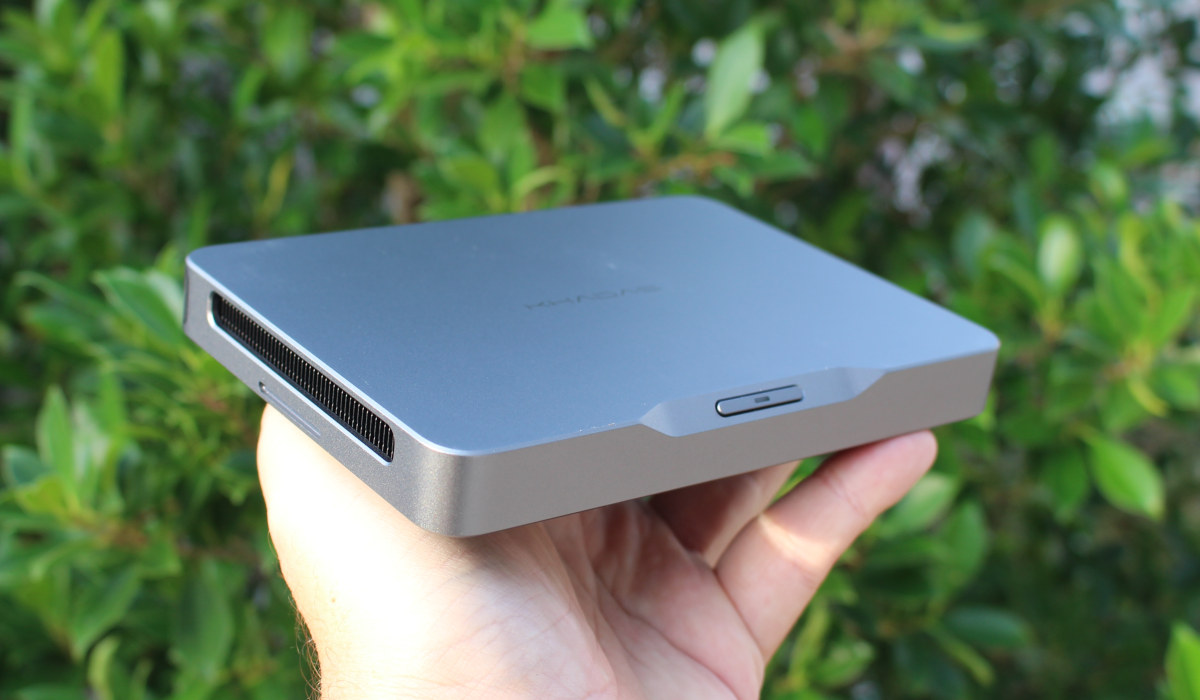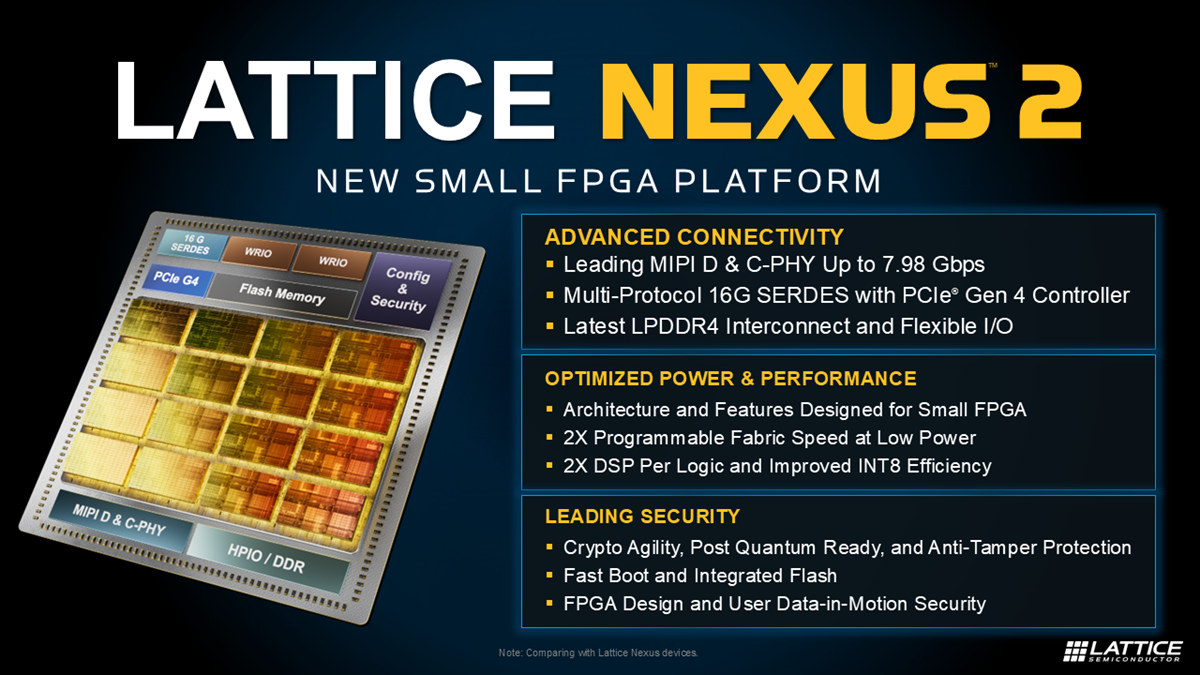The Pico W5 is a Raspberry Pi RP2350 development board providing an alternative to the official Raspberry Pi Pico 2 W with dual-band (2.4GHz/5GHz) WiFi 4 and Bluetooth 5.0 connectivity through a B&T BW16 wireless module. Besides dual-band WiFi, there are a few other small changes compared to the Raspberry Pi Pico 2 W, including a USB Type-C connector, a larger 8MB flash, and a Reset button. As far as I know, it’s the first RP2350 board with 5GHz WiFi, as other RP2350 boards with WiFi, such as the Challenger+ RP2350 WiFi6/BLE5 and Pimoroni Pico Plus 2 W, only support 2.4GHz WiFi. Pico W5 specifications: SoC – Raspberry Pi RP2350 CPU Dual-core Arm Cortex-M33 @ 150 MHz with Arm Trustzone, Secure boot and Dual-core RISC-V Hazard3 @ 150 MHz Only two cores can be used at any given time Memory – 520 KB on-chip SRAM Security 8KB of anti-fuse OTP […]
Olimex ESP32-P4-DevKit offers Ethernet, USB JTAG, MIPI DSI and CSI interfaces
Olimex ESP32-P4-DevKit is a compact development board powered by a 400 MHz ESP32-P4 general-purpose dual-core RISC-V microcontroller with a 10/100Mbps Ethernet RJ45 connector, a USB-C Serial/JTAG connector, MIPI DSI/CSI connectors for a display and a camera, GPIO headers and UEXT connector, Boot and Reset buttons, and a few LEDs. In some ways, it offers similar to the Waveshare ESP32-P4-NANO board we covered last month, but in a different form factor, and it lacks WiFi 6 connectivity and a USB Type-A connector. It’s also much more compact and cheaper than the official ESP32-P4-Function-EV-Board launched this summer, but again, with fewer features. Olimex ESP32-P4-Devkit: Microcontroller – ESP32-P4 MCU Dual-core RISC-V microcontroller @ 400 MHz with AI instructions extension and single-precision FPU Single-RISC-V LP (Low-power) MCU core @ up to 40 MHz GPU – 2D Pixel Processing Accelerator (PPA) VPU – H.264 and JPEG codecs support Memory – 768 KB HP L2MEM, 32 […]
How to use iperf3 in multi-thread mode for 10Gps+ Ethernet testing
With 10GbE becoming more widespread and often found in entry-level hardware, the CPU may become the bottleneck, so I’ll explain how to use iperf3 in multi-thread mode to fully saturate the 10GbE bandwidth even with a system based on a relatively low-end multi-core processor.
For this tutorial, I use two iKOOCORE R2 Max mini PCs with two 10GbE interfaces each and an Intel N100 quad-core processor running an OpenWrt fork (QWRT) and Proxmox VE (Debian) respectively. I will show how I can fully saturate the 10GbE interfaces using multithreading, but not with a typical iperf3 single-core test.
AMD Versal RF Series adaptive SoCs target 6G wireless, aerospace, and electronics test equipment
AMD Versal RF series adaptive system-on-chips (SoCs) combines Arm Cortex-A72 and Cortex-R5F hard cores with FPGA fabric and direct radio frequency (RF)-sampling data converters for pre-6G systems, wireless 6G testers, aerospace and defense applications like radars, and electronics test equipment such as multi-channel testers, oscilloscopes, and wideband spectrum analyzers. Built upon the Xilinx Zynq RFSoC devices, the AMD Versal RF Series supports wideband-spectrum with high-resolution thanks to up to sixteen 18 GHz, 14-bit RF ADCs with up to 32 GSPS and sixteen 14-bit RFV DACs up to 16 GSPS, and delivers 80 TOPS of DSP performance in a size, weight, and power (SWaP)-optimized design. The chips also integrate hard IP such as DDR5 memory controllers, 600 Gbps Ethernet, PCIe Gen5 x4, and various high-speed transceivers. AMD Versal RF Series adaptive SoCs key features and specifications: Processing System Application Processing Unit (APU) – Dual-core Arm Cortex-A72 with 48 KB/32 KB L1 […]
HUNSN RJ42 and RJ43 Intel N150 fanless network appliances and mini PCs come with four 2.5GbE ports, four video outputs
We’ve previously seen the new Intel N150 “Twin Lake” processor in mini PCs such as Beelink EQ14 and ASUS NUC 14 Essential among others, but the new quad-core CPU is now also found in HUNSN RJ42 and RJ43 fanless network appliances with four 2.5GbE RJ45 ports. They also double as mini PCs with multiple video outputs and USB ports. The mini PCs ship with up to 32GB RAM and 512GB of storage, support four independent displays through HDMI, DisplayPort, and USB-C interfaces, and offer five USB Type-A ports for expansion. The HUNSN RJ42 and RJ43 offer a similar set of features as previous Intel N100 network appliances with 2.5GbE ports such as the iKOOLCORE R2 and INCTEL N100, but with a slightly faster Intel N150 “Alder Lake-N Refresh” or “Twin Lake” processor thanks to higher clock speeds, and extra interfaces. HUNSN RJ42/RJ43 specifications: SoC – Intel Processor N150 quad-core “Twin […]
Khadas Mind 2 AI Maker Kit – An Intel Core Ultra 7 258V “Lunar Lake” mini PC for developers
Khadas recently announced the Mind 2 mini PC with an Intel Core 5 or 7 “Meteor Lake” mini PC. But the company is prepping the launch of another similar device called the “Khadas Mind 2 AI Maker Kit Dev Workstation” or “Intel Core Ultra Processor (Series 2) AI PC Dev Kit” with a 15th Gen Intel Core Ultra 7 258V “Lunar Lake” processor offering up to 115 TOPS of AI performance. I’ll just call it “Khadas Mind 2 AI Maker Kit” for shorts. The system ships with 32GB RAM and a 1TB SSD, and Khadas says the new system is designed specifically for developers working on AI PC applications, but apart from the faster SoC, it comes with similar features as the Mind 2. This includes HDMI 2.0 video output, two 40Gbps USB4 ports, Wi-Fi 6E (802.11ax), and Bluetooth 5.3 connectivity, as well as two USB 3.2 Gen2 Type-A ports […]
Lattice unveils Nexus 2 small FPGA platform, Lattice Avant 30 and Avant 50 mid-range devices, updated Lattice design software tools
Lattice Semiconductors announced several new FPGAs and software tools at the Lattice Developers Conference 2024 which took place on December 10-11. First, the company unveiled the Nexus 2 small FPGA platform starting with the Certus-N2 general-purpose FPGAs offering significant efficiency and performance improvements in this category of devices. The Lattice Avant 30 and Avant 50 were also introduced as mid-range FPGA devices with new capacity options to enable edge-optimized and advanced connectivity applications. Finally, the company releases new versions of Lattice design software tools and application-specific solution stacks to help accelerate customer time-to-market such for edge AI, embedded vision, factory automation, and automotive designs with Lattice Drive. Let’s have a look at the highlights of each announcement. Lattice Nexus 2 small FPGA platform and Certus-N2 FPGA Highlights and benefits of the Lattice Nexus 2 small FPGA platform: Power Efficiency against similar class competitive devices Up to 3x lower power Up […]
15 Euros Olimex RP2040pc Raspberry Pi RP2040 computer board supports Apple and Oric Atmos emulation
Olimex RP2040pc is an inexpensive “all-in-one” computer board based on a Raspberry Pi RP2040 MCU with support for Apple //e, Apple ][+, and Oric Atmos emulation through the Reload emulator. The board features an HDMI port, stereo audio, four USB ports, and two UEXT expansion connectors. It’s not quite the first RP2040 retrocomputing board from Olimex, as they introduced the RP2040-PICO-PC in 2021 with an HDMI port, a 3.5mm audio jack, and a microSD card slot before launching the Olimex NEO6502, which combines a MOS6502 MCU for Apple II, Oric, and Commodore 64 emulators with an RP2040 for HDMI/DVI video output and a few other things. The RP2040pc is similar to the latter, but with more ports and features, and everything is handled by the Raspberry Pi RP2040 microcontroller. Olimex RP2040pc specifications: Microcontroller – Raspberry Pi RP2040 dual-core Cortex-M0+ MCU @ 133 MHz with 264 KB SRAM Storage – 16MB […]


